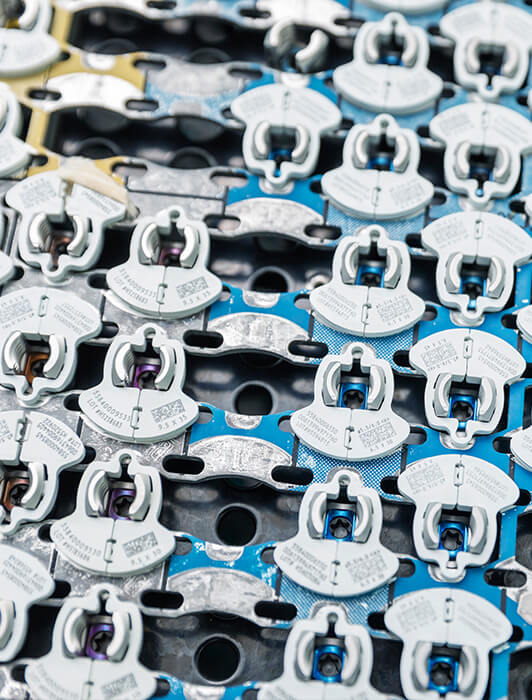Lumbar fusion consists of fixing or immobilizing two or more vertebrae in order to permanently fuse the vertebrae together. This is done by inserting a stabilizing element and a graft of bone or artificial material, which will allow fusion to take place.
Spinal fusion surgery is a current technique, and a perfectly useful effective treatment for certain spinal pathologies. Innovations in technology in recent years have allowed the application of minimally invasive spine surgery, intraoperative navigation and robotics, improving the precision of the technique and reducing the margin of error.


